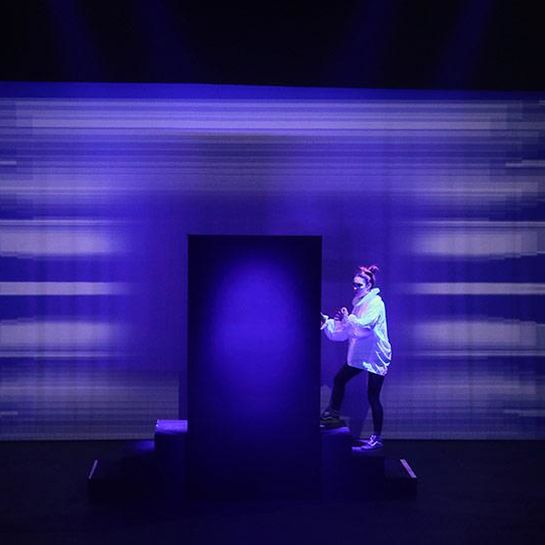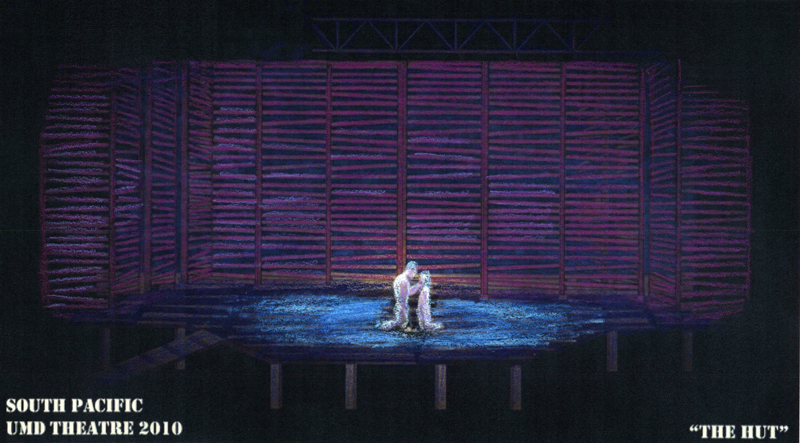

This means that they don’t always get what they want in terms of equipment or preparation time. Like most jobs, lighting designers must work within a specific budget and timeframe. There are times when a plethora of colors is a strong look, but most designers tend to shy away from over-use of multiple colors.

For this reason, most LD’s will limit his or her color combinations to only two or three colors within each song or scene.īy only utilizing a few colors at a time, the look on stage is much more pleasing to the eye and allows for further variation throughout the duration of the performance. However, the visual look on stage can often become over-complicated with too many color combinations. With such a wide palette, the lighting designer has unlimited creativity available. Modern automated lighting fixtures are capable of creating millions of different colors of light. As the beams shine and move through the haze, they create dynamic and interesting looks that enhance any performance. These will change the straitght beams into multi-beams, circles, lines and more. Beams can be further shaped through the use of patterns in the lights called “gobos”. The use of very narrow lenses on lighting fixtures helps to create extremely sharp beams that can almost look like lasers to the untrained eye. When combined with multiple fixtures, particularly moving lights, the lighting designer can now create 3D visuals in the airspace above and around the stage and audience. This provides a surface in the air for the beam of light to illuminate, and thus the entire output from a light can be seen.

Designers will use haze machines ( like these from Martin by Harman) to fill the air within a venue with a small and healthy water- or oil-based particulate. Lighting designers know that the beam of light in the air is equally (and often more) important as the illumination of an object or person. Lighting designers must always look at the stage and performance to determine the best angles and intensities for the specific show. Dancers will commonly be side-lit to enhance the shape of their bodies and movements while performers and speakers will have a strong backlight to visually separate them from the background. Lighting designers often use a combination of key, fill, back, and top light to highlight or de-emphasis certain areas. 1) Sculpting with Lightīy adjusting the angle and the intensity of lighting sources, objects and people can look very different. Over the years, lighting designers have filled their tool bags with many elements, but here are some key skills that most LD’s use in nearly every production. The job can involve simply lighting a person or object, or be as complex as creating stunning visuals synchronized with music. Lighting Designers (LDs) are highly creative people that are tasked with using technology to assist and enhance performances with light.


 0 kommentar(er)
0 kommentar(er)
